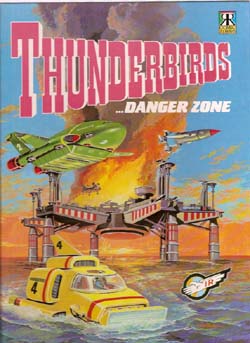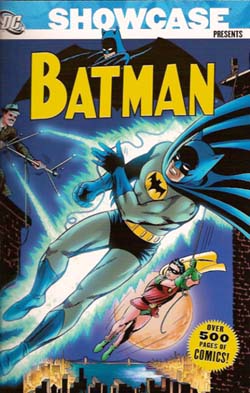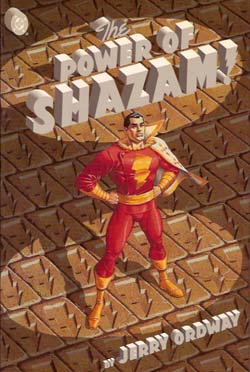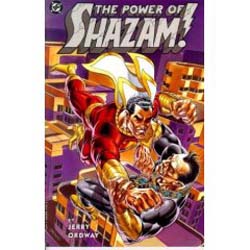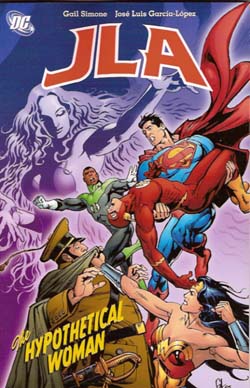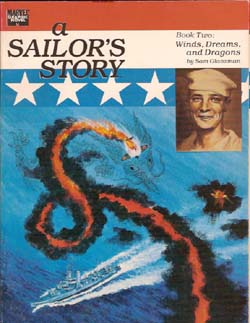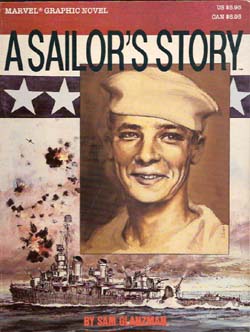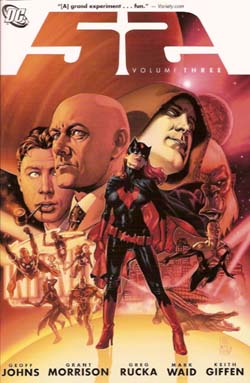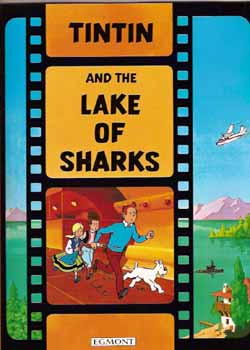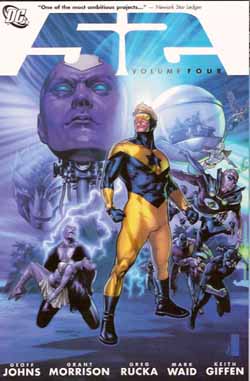
By various (DC Comics)
ISBN13: 978-1-84576-624-5
After Infinite Crisis DC re-set the time-line of all their publications to begin One Year Later: This allowed them to retool their characters as necessary, provided a jumping on point for new converts and also provided lots of narrative wiggle-room.
DC’s ambitious weekly miniseries came to a barnstorming conclusion with the final revelations of the “Lost Yearâ€. It also spawned a tie-in miniseries as events between issues #49 and #50 escalated into a Global super-powered conflict (for which you’ll need to read DC: World War III – ISBN: 978-1-84576-653-5) before all the dust finally settled. And after 52 another epic series, Countdown, immediately began…
As with the other books (52: Volumes 1, 2 & 3 – ISBN: 1-84576-552-4, ISBN: 978-1-84576-553-8 and ISBN: 978-1-84576-604-7 — see previous reviews), I’m not going to give away any plot points because you really need to see it all for yourselves. Suffice to say that if you have any interest in super-hero sagas you will love this, and if you don’t, you won’t.
This volume collects issues #40-52 of the weekly serial and as the various strands starring Supernova, Infinity Incorporated, and The Question resolve, Black Adam’s tragic situation leads him to declare war on the world. Ralph Dibney’s final fate is revealed and a new Wonder Woman debuts. Starfire and Adam Strange finally return to Earth as the Mad Scientists of Oolong Island reap the just rewards for their manic inventiveness.
And finally Booster Gold and Rip Hunter discover the fateful secret of “52â€, just in time to save all of creation into the bargain.
Written by Geoff Johns, Grant Morrison, Greg Rucka and Mark Waid, with breakdowns by Keith Giffen, 52 volume 4 is drawn by Eddy Barrows, Chris Batista, Joe Bennett, Giuseppe Camuncoli, Jamal Igle, Dan Jurgens, Justiniano, Mile McKone, Patrick Olliffe and Darick Robertson with inks by Eddy Barrows, Belardino Brabo, Drew Geraci, Dan Green, Jack Jadson, Andy Lanning, Patrick Olliffe, Rodney Ramos, Norm Rapmund, Darick Robertson, Lorenzo Ruggiero and Walden Wong. The colouring is by David Baron, Hi-Fi, Pete Pantazis and Alex Sinclair, lettering by Jared K. Fletcher, Rob Leigh and Ken Lopez, and the original comic covers are by J. G. Jones and Sinclair.
Love or hate mainstream American comic-books, 52 is a truly remarkable achievement, chockfull of wit and inventiveness, clever touches and lots of solid jumping-on points for new readers and returnees. If you can handle the multiplicity of plot-lines this is a series that will reward and astound.
© 2006, 2007 DC Comics. All Rights Reserved.

